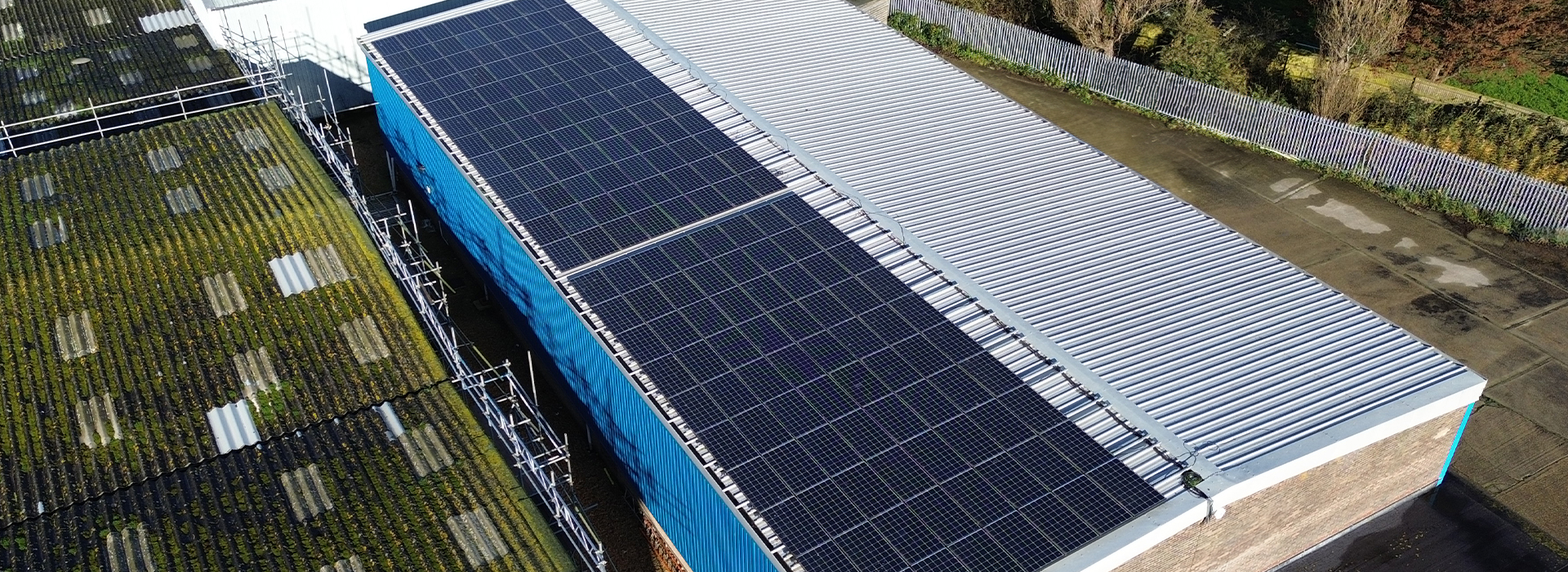EN795:2012 is a European standard that sets out requirements and testing methods for personal fall protection systems. It was first introduced in 1996 and has since undergone revisions, with the latest version being EN795:2012.
EN795:2012 covers different types of anchor devices and systems for personal fall protection, with Type A being one of them. In this blog post, we will delve into EN795:2012 Type A and explore its features and applications.
What is EN795:2012 Type A?
EN795:2012 Type A is an anchor device or anchorage point used for personal fall protection. It is designed to be fixed to a specific structure or building, such as a steel beam, concrete wall or roof, to provide a secure attachment point for a personal fall protection system.
Type A anchors are typically used in vertical and horizontal applications, and they must be capable of withstanding the forces generated during a fall. According to EN795:2012 Type A anchors must be able to withstand a static force of at least 15 kN (kilonewton), which is equivalent to around 1,500 kg of weight.
EN795:2012 Type A anchors must also be able to withstand other types of forces, including dynamic, impact and torsion forces, as well as the effects of weathering and aging. These requirements ensure that Type A anchors are safe and reliable for use in a variety of environments and applications.
Applications of EN795:2012 Type A
EN795:2012 Type A anchors are commonly used in a wide range of industries, including construction, maintenance, and industrial manufacturing. They provide a safe and secure attachment point for personal fall protection systems, which are essential for workers who perform tasks at height.
Type A anchors are suitable for use with a variety of personal fall protection systems, such as harnesses, lanyards, and lifelines. They are also used in combination with other fall protection devices, such as horizontal lifelines and vertical rail systems.
EN795:2012 Type A anchors are used in a range of applications, including:
- Working at height in construction, such as roofing, scaffolding, and steel erection
- Maintenance work on buildings, bridges, and other structures
- Industrial manufacturing, such as assembly line work and maintenance of heavy machinery
- Emergency services, such as search and rescue operations and firefighting
Conclusion
EN795:2012 Type A anchors are an essential component of personal fall protection systems. They provide a secure attachment point for workers who



